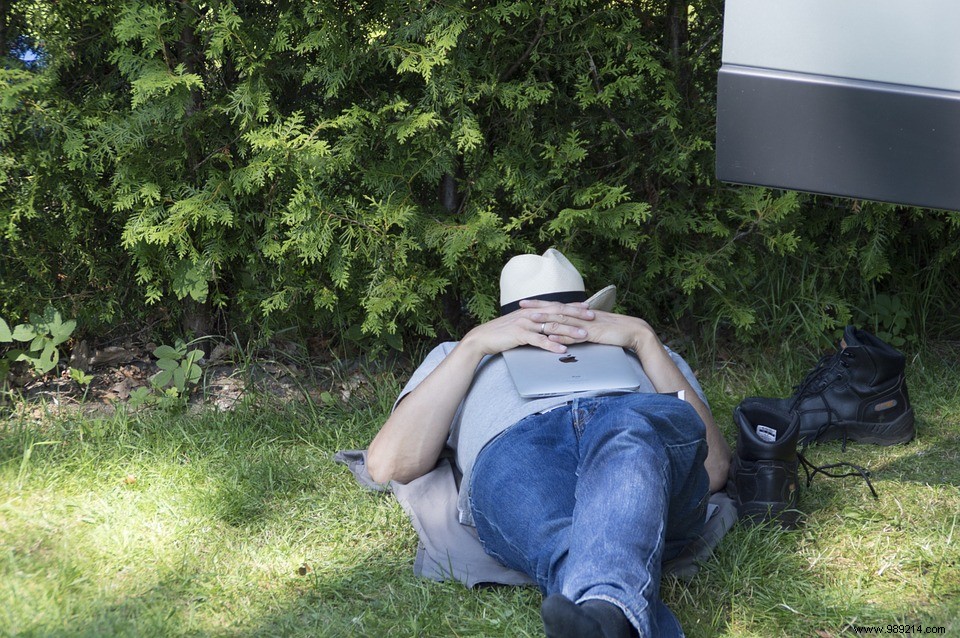Napping is often seen as a sign of fatigue or laziness. But it can also have several other consequences. After all, over 85% of mammals have a sleep pattern based on a polyphasic rhythm.
The siesta is therefore a moment that we allow ourselves outside our night hours , or our main hours of sleep. More and more companies advertise their advantageous working conditions which allow employees to take a nap during working hours.
Among the most famous nap regulars, we find:
And these are only those who have publicly claimed it!

There are three types of naps s. We are talking here about their nature and not about their duration (this will come later):
Thanks to studies on the subject, we also know that taking a nap helps to avoid feeling tired several hours after being performed, and that the effects will still be positive the next day if the night is too short. It is therefore ideal if you want to study, work or be in shape for the evening.
You can take a nap wherever you like . Make sure you have the right and not too much sun exposure. That said, don't be shy about sleeping in public . Know that in Japan there is the tradition of inemuri – a kind of micro-nap that can be done anywhere – and that taking a quick nap like this is supposed to bring you respect in this country.
We have ranked the naps for you in order of the most restorative to the least effective, and especially from the most beneficial to the least beneficial by classifying them by duration.
She's the one we all want to take around mid-afternoon, for example when you haven't slept enough or you've been driving on the highway for a little too long (moreover, be careful on the road!). This siesta is ideal forreplenishing . It's even more than that, since according to Sleep magazine , the 10-minute nap is the most effective in recovering cognitive abilities.
The little bonus is that with this duration for your naps, you don't have a sleep inertia effect like when you wake up from a good night and the brain takes a while to reboot. Thus, you will be alert and immediately ready to resume your work or your road.
Last perk of this nap , it's that 10 minutes isn't much and it's easy to fit into a schedule.

This second nap has the advantage of corresponding to a complete sleep cycle, and can greatly help in cases of psychological insomnia. This allows you to rest your muscles but also your brain in an optimal way . It is in second place for three main reasons:
It is a little less advantageous than the one and a half hour siesta. However, it remains restorative , because you wake up during your REM (or light depending on the person) sleep phase. You therefore have the feeling of being in good shape as soon as you wake up. In addition, it is rather recommended when you have had short nights. As a proportion of time spent sleeping, it is less effective than a 10-minute nap . However, the effects of this sum remain superior. This is the type of nap recommended by NASA for astronauts during training periods. Its main flaw therefore remains the duration, which is difficult to align with an already busy schedule.
This nap time is not restorative at the moment. Incidentally, it is only very rarely recommended, as it has many negative effects:
This week a sleep saga came out. You can find all the articles in the following menu:
Source
Related Articles: